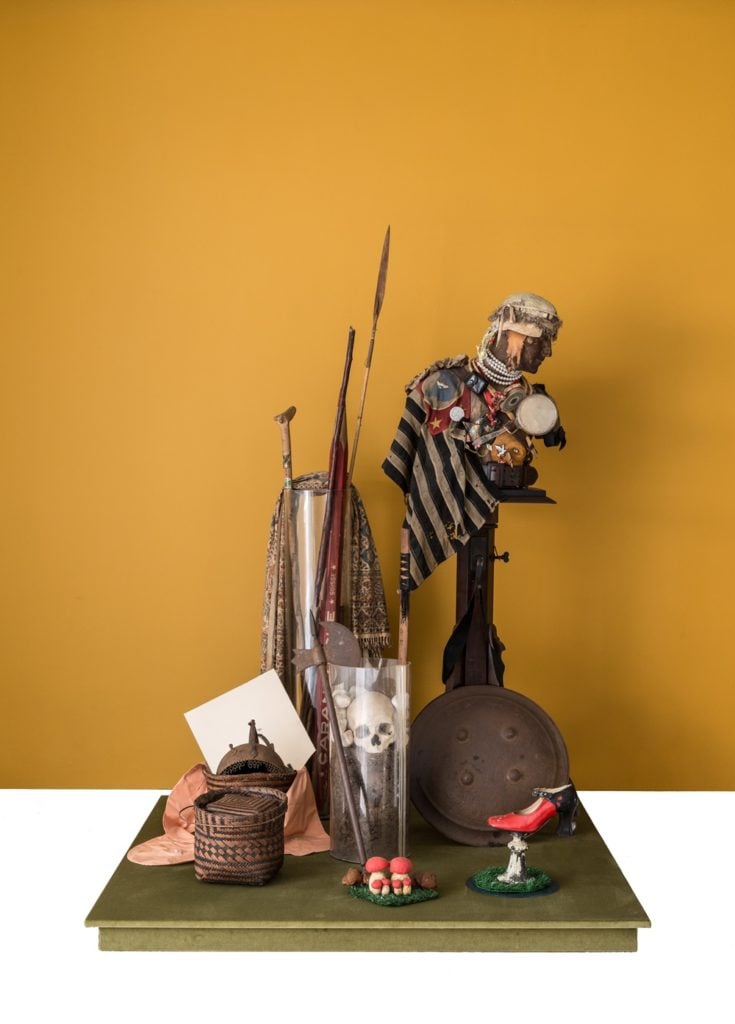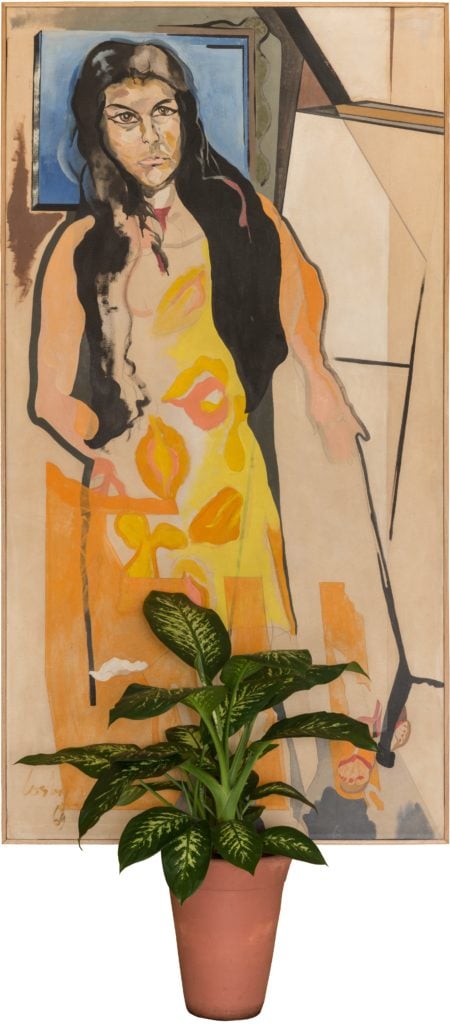Art Fairs
Market Magic? A Brazilian Magic Realism Pioneer’s Studio Will Appear at Art Basel in Miami
The project is one of several presentations of Latin American art in the fair's Survey section.

The project is one of several presentations of Latin American art in the fair's Survey section.

Eileen Kinsella

São Paulo-based Ricardo Camargo Galeria will recreate the studio of the late Brazilian artist Wesley Duke Lee at this year’s Art Basel in Miami Beach (December 7–10). The artist, who performed one of Brazil’s first happenings and spearheaded the magic realism movement in São Paulo, is one of a number of Latin American figures headlining the fair’s Survey section, which is dedicated to art made before 2000.
Lee (1931–2010), who was included in Tate Modern’s influential “World Goes Pop” exhibition, spearheaded a return to figurative painting in Brazil in the 1960s and co-founded Grupo REX and REX Gallery, which sought to present art outside the confines of the art market. The gallery’s Monica Tachotte says that the objects in Lee’s studio and the way he organized them offer unique insight into his paintings, drawings, and installations.

Wesley Duke Lee, Portrait of Luzia (the Amaro Saint) (1969) . Courtesy Ricardo Camargo Galeria, Sao Paulo.
While Art Basel in Miami Beach typically presents a critical mass of Latin American art, this year’s Survey section has a particularly concentrated focus on the region. The uptick in attention comes as museums are working to expand the canon with the launch of Pacific Standard Time: LA/LA, the Getty-funded initiative that focuses on exhibitions of Latino and Latin American art.
In Miami Beach, Espaivisor, of Valenica, Spain, will present a solo booth of work by Chilean artist Carlos Leppe, largely created during Augusto Pinochet’s dictatorship in Chile.
Meanwhile, London’s Robilant + Voena will mount a solo presentation of work by Roberto Matta, perhaps the world’s most famous Chilean artist. The display will include his well-known Surrealist “inscapes” and later pieces that tackle issues related to the Vietnam War, the American Civil Rights Movement, and the Spanish Civil War.
London’s Richard Saltoun Gallery will dedicate its booth to Argentinian artist Edgardo Antonio Vigo, a key figure in the Latin American avant garde who lived through Argentina’s so-called “Dirty War.”
All told, Survey will include 16 historical projects. Seven of the section’s 10 new exhibitors are also first-time participants in the fair, including Ceysson & Bénétière, Hales Gallery, a Arte Invernizzi, and Offer Waterman. Other highlights of the section include The Box, Los Angeles, which will show early drawings and paintings by Judith Bernstein.